In his performance, the choreographer focused on the figure of Paul I – one of the most mysterious and contradictory characters in Russian history.
Boris Eifman restricted the chronological scope of the production to Paul’s life as the heir to the throne and brilliantly portrayed the tragic confrontation between this extraordinary and fragile personality and the hostile world built on violence, treachery and lies.
During the years of its active stage life, the ballet was performed with incredible success in the USA, France, Italy, Germany, Austria, China, South Korea, Argentina and many other countries. “With so many new solutions and artistic metaphors, with such levels of emotional intensity, this time Eifman outperformed himself, as he really has no one to compete with. Two leading ballet critics Anna Kisselgoff and Clive Barnes unanimously gave him precedence in modern ballet,” wrote well-known journalist Bella Yezerskaya after watching Russian Hamlet. The New York Times in the review of the production said that Boris Eifman “has a way with electrifying images and theatrical fantasies that other choreographers do not.” In 2012 the ballet was taken out the repertoire.
In the jubilee 40th season of Eifman Ballet, Boris Eifman turns to Russian Hamlet again as part of the trend in which he revives his famous earlier productions. He re-interprets the choreographic score to make it even more inventive, refined and emotionally intensive while the plot of the ballet remains essentially unchanged.
Boris Eifman
The founder of the Eifman Ballet, he created his own unique ballet style and ballet world, and is known as "one of the world's important choreographers" and "a master of dramatic magic."
Born in Siberia in 1946, Eifman has been expressing his feelings and thoughts through body language in dance since childhood. He once said: "Ballet is not only a profession for me, it is the meaning of my existence and my mission in this world. I can't help but want to use ballet to convey the inspiration I get from the heights. Most likely, if I don't have the possibility to express them through art, I will stifle these emotions. For me, choreography is an art with a profound religious color in the broadest sense."
After completing his studies at the Leningrad Conservatory and the Vaganova Ballet School, Eifman founded his own ballet company, the Leningrad New Ballet, in 1977, the predecessor of today's famous St. Petersburg Eifman Ballet. He and his dancers not only had a solid foundation in classical ballet, but also continued to innovate and enrich the ballet language, and were soon regarded as the backbone of the new generation of Russian ballet.
Eifman combines his cutting-edge achievements in the world of ballet with his original Russian classical ballet background. He defines his dance style as "psychological ballet". "All my dance creations are about seeking a broader space for ballet and a body language that can express the spiritual life of human beings."
St. Petersburg Eifman Ballet
In 1977, Boris Eifman founded the St. Petersburg Eifman Ballet (formerly known as the Leningrad New Ballet), and began a new artistic exploration. Since its inception, the company's artistic creation has updated the concept of Russian classical ballet, pushing the emotional expression and dramatic conflict of ballet to the limit, and is regarded as a choreographer's ballet theater.
The innovation of Eifman's ballets lies in his choice of literature and music, as well as the boldness of his body movement vocabulary, which earned him a reputation as an "unconventional choreographer".
From the late 1970s to the early 1980s, the company's unique style of work gradually took shape, with more and more repertoires based on the world's classical literary treasures. Eifman worked closely with his company, and with his unique style that not only maintained the rigorous norms of the Russian ballet school, but also was skilled in technique and lyrical, and combined it with the expression of film, he shocked every audience. The company explored new dance schools and development trends, and new works included "Defiance", "Fools", "March Madness", "The Marriage of Figaro", "Legend", "Twelfth Night", "The Master and Margherita", "The Murderer", etc., all of which featured elite choreography, interpreted the passion of ballet characters, and had extremely high artistic attainments.
Today, the works of the Efman Ballet have been embraced and praised by ballet lovers from Europe, America, Asia and Australia: "I, Don Quixote", "Red Giselle", "Russian Hamlet", "Anna Karenina", "The Seagull", "Eugene Onegin", "Rodin - The Eternal Idol", "The Brothers Karamazov", "Requiem", "Tender Is the Night", "Tchaikovsky" and other ballet works not only show the highest level of contemporary Russian ballet art, but also contain Russia's immortal spiritual heritage and the wisdom of world culture. The Efman Ballet continues to interpret the connotation of culture in an innovative way, leading the audience into an elegant art world.
For decades, the Eifman Ballet has achieved great success in the world's top theaters. Eifman's profound understanding and revelation of human nature and his interpretation of intricate and sharp contradictions immerse the audience in the boundless world of human passion. He has established a strong spiritual bond and demonstrated a choreographer's unique view of dance and his talent in controlling dance through his plasticity and amazing, just-right energy.


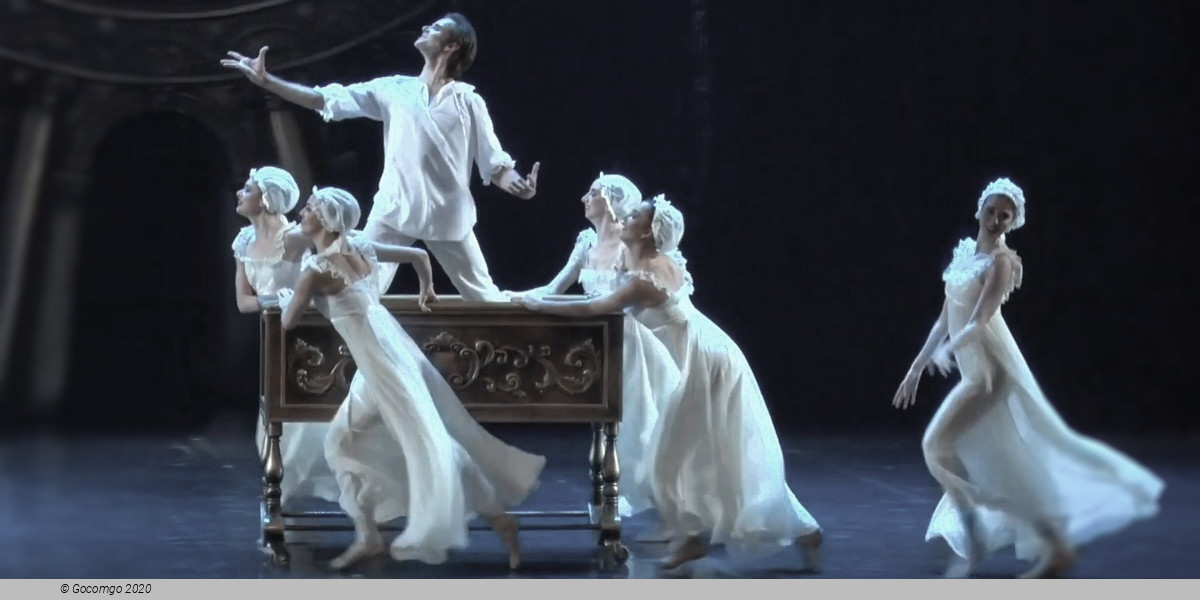
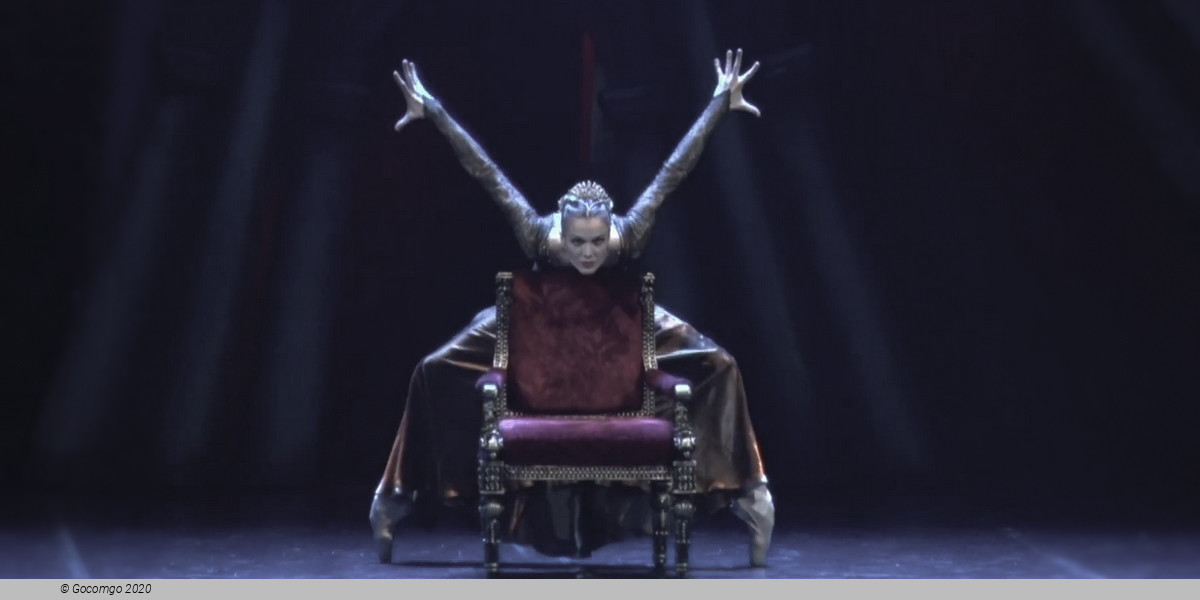
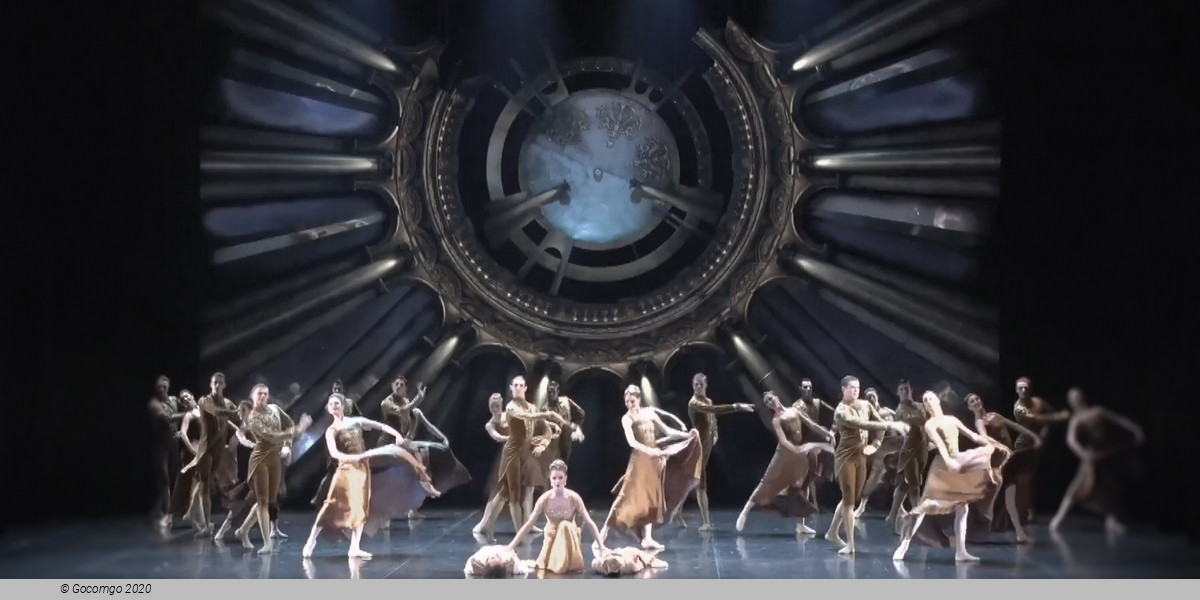
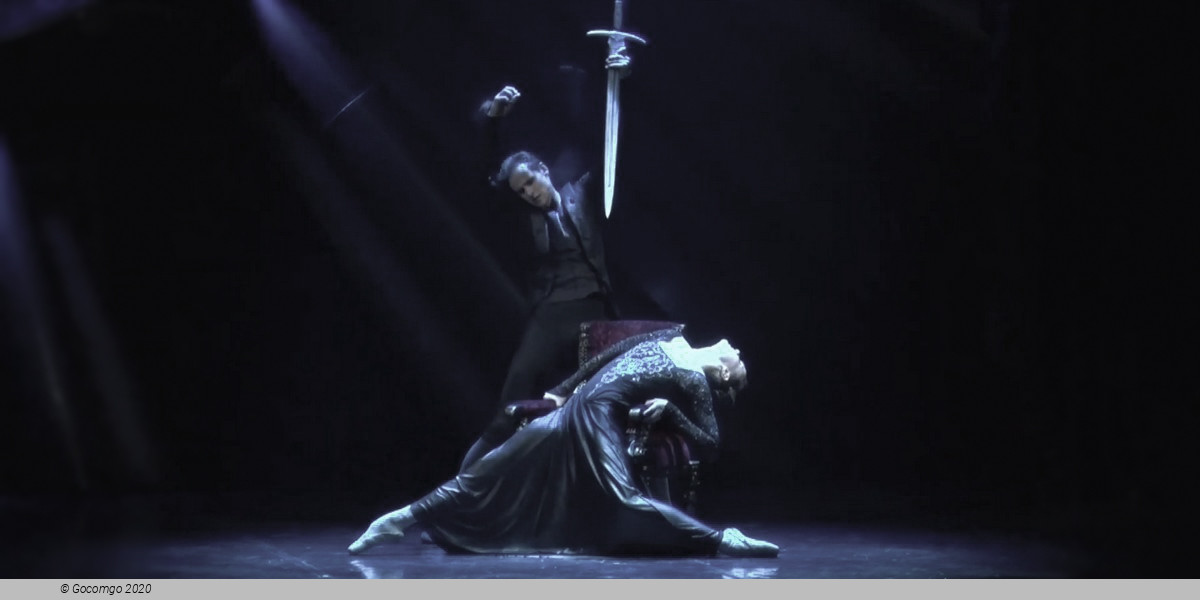
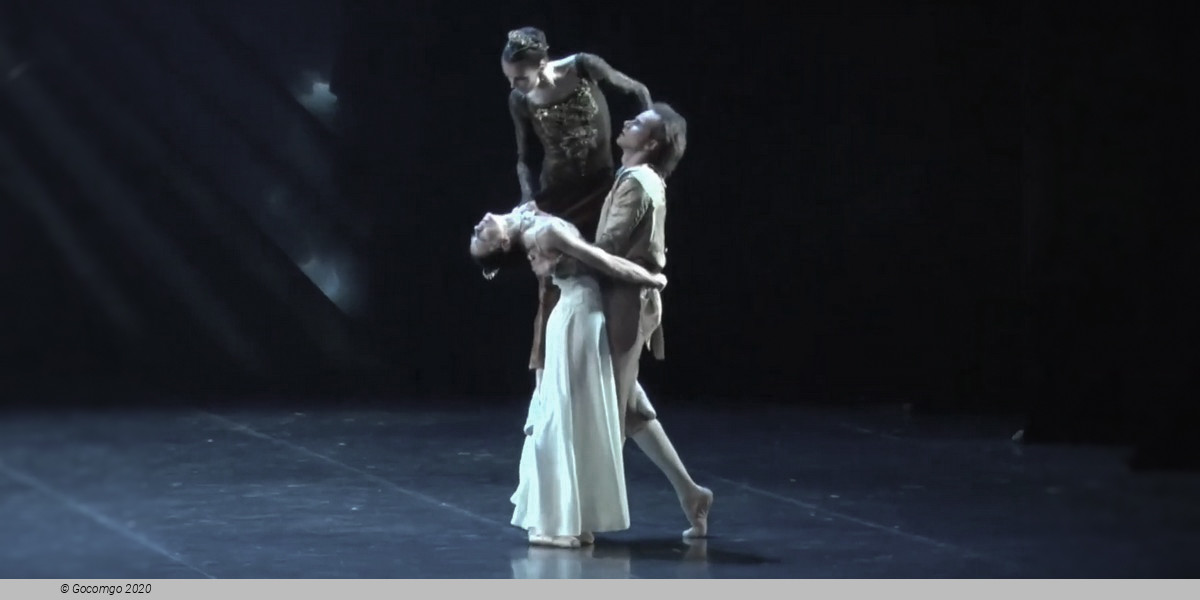
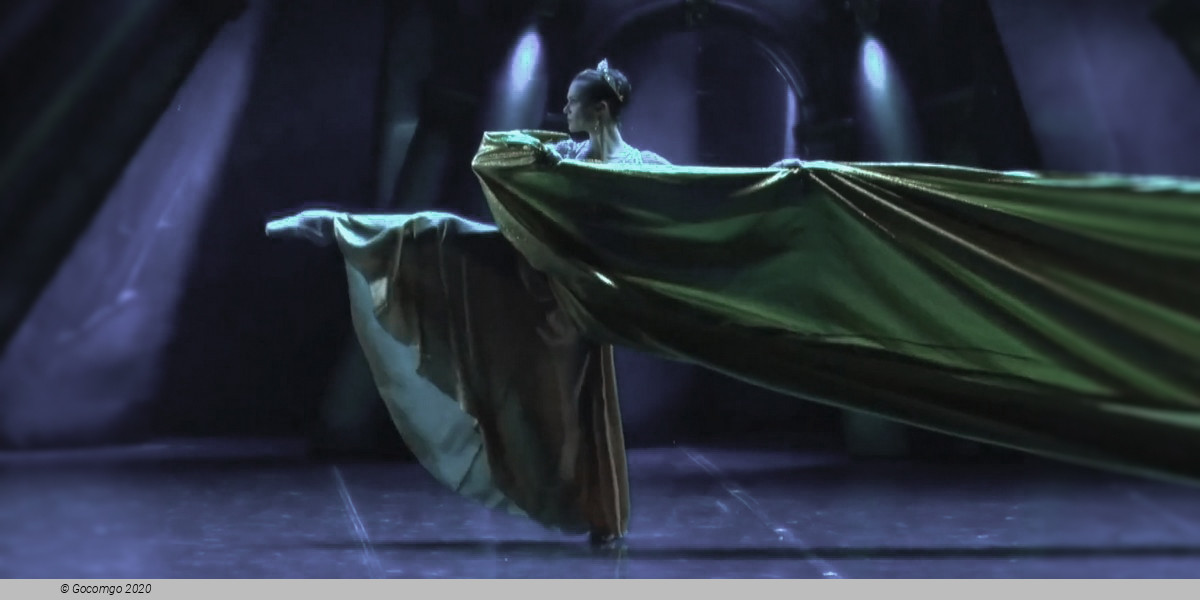
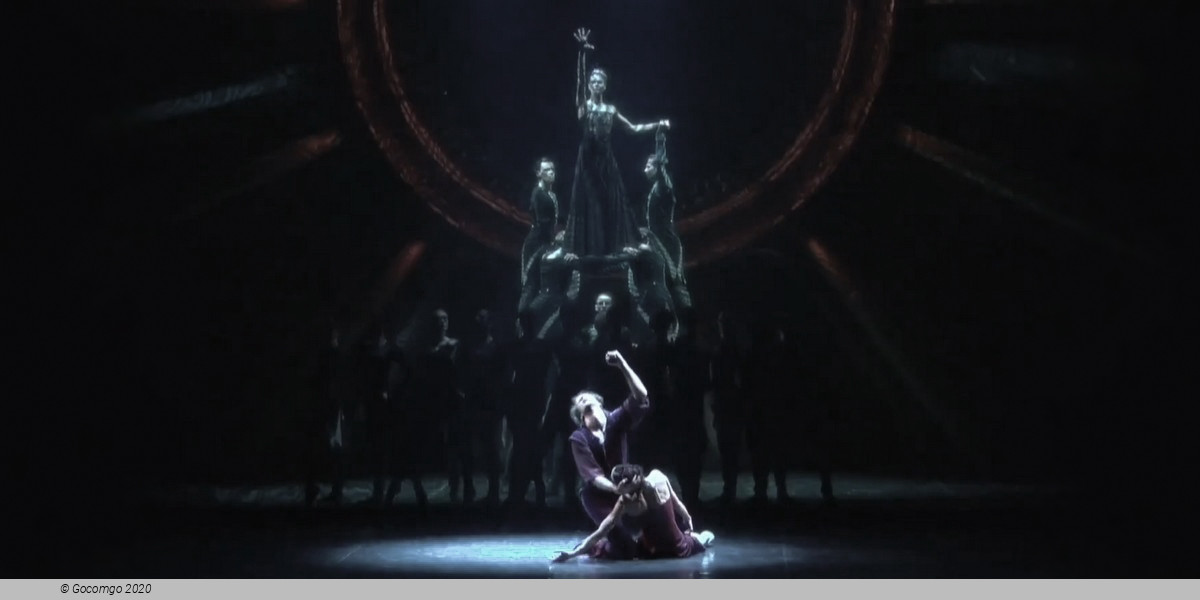
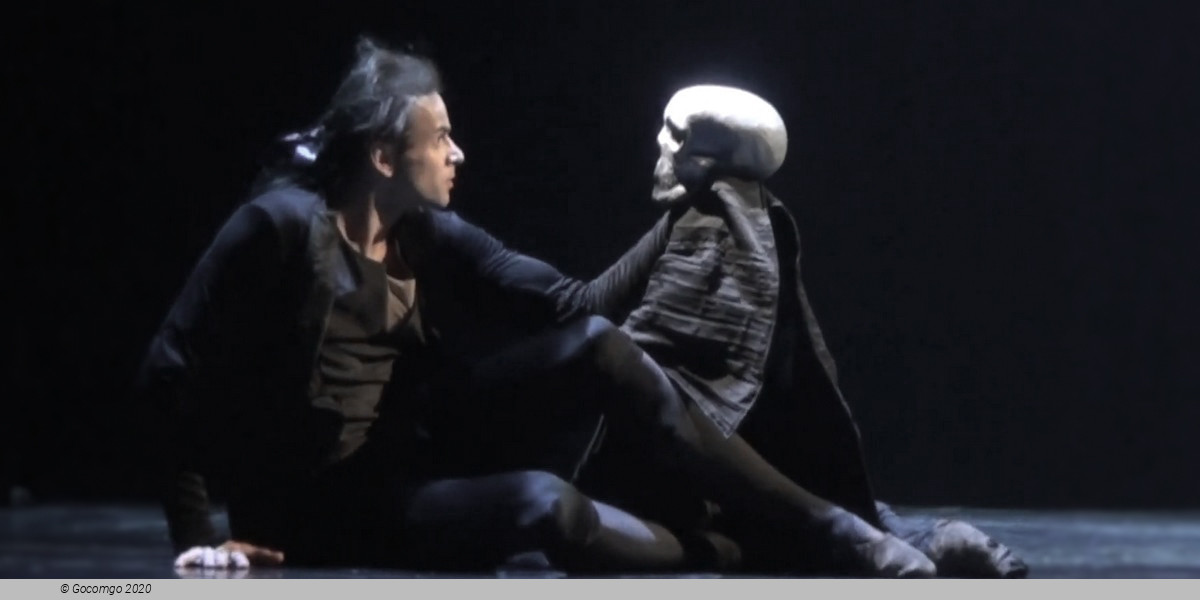
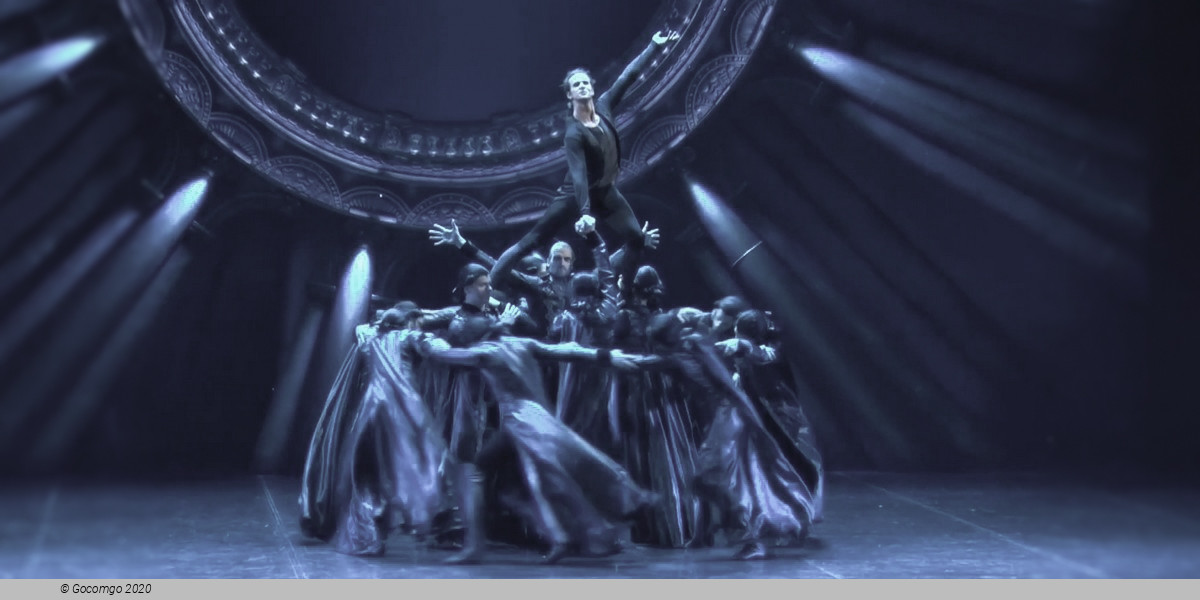
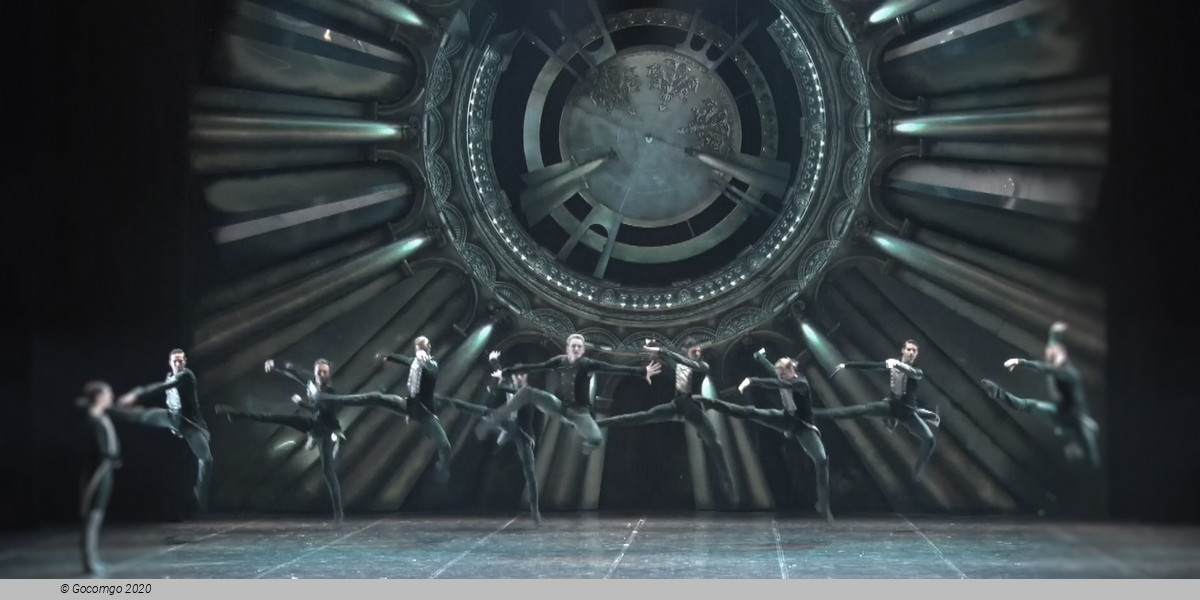
 Teatralnaya Square 1
Teatralnaya Square 1